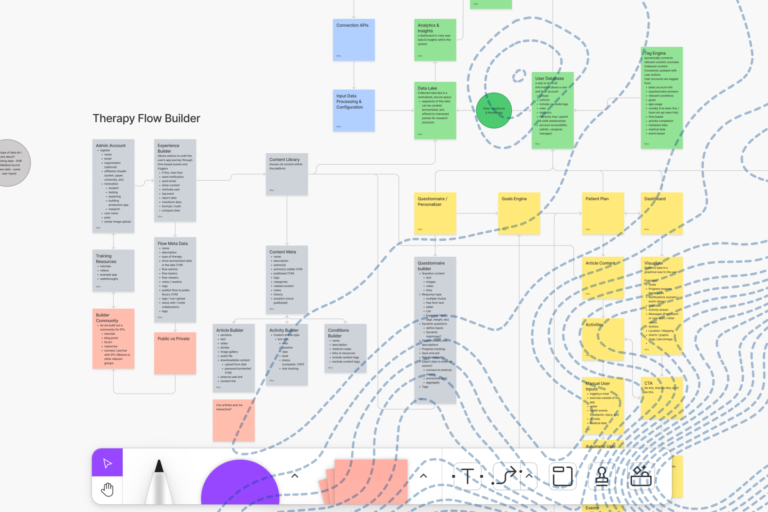Failure is a trendy topic. There are plenty of articles about failing fast, the value of failing and the often serendipitous outputs of failure. All worthy topics, but at the most basic level, failure is still generally viewed and experienced as a bad thing. The mindset still persists that when we fail, we aren’t doing our jobs. And when we aren’t doing our jobs bad things happen. So who of sound mind—despite all of the articles floating around the interwebz that celebrate failure—would be unafraid of it? (Note: risk-loving founders don’t really qualify here because they typically are not of sound mind.)
Within an organization, the value of failure can’t be just all talk. It needs to be facilitated, managed, adopted and practiced within the company culture. It needs to be as easy to talk about as success. Is that to say that a company becomes totally OK with failure? Of course not. That would bring about the ultimate failure. Just as success has its own quantitative milestones, metrics and outcomes, so too should failure. But beyond that, in order for failure to be a useful, beneficial experience, it needs roots in the company culture. It needs to be a visible experience from the top down. When the CEO is comfortable with failure, so too will other team members. When one team member shares his or her failure retrospective, so will his or her peers. It’s viral.
Defining and Managing Failure
Definitions of failure will vary from company to company, but the objective is simply to have one. With a common definition and understanding, team members and managers are aligned on what is failure and what isn’t. They are able to identify decision points that open the door to graceful solutions rather than falling off a cliff. Culturally, it’s easy to grasp the major roles transparency, openness and communication play in respect to failure.
But what about a definition; something to start with? Fair enough. At Arcweb Technologies, we think of failure in terms of risk management and education. Failures need to be small. (Big ones can be devastating.) They need to be frequent. (Aged ones tend to be volcanic; Pompeiian.) Failure needs to teach us something. It needs to give us a reference for future decisions and shouldn’t be repeated. Within that framework, is “failure” even the right term? Likely not, but will stick with it for now.
Most importantly, failure is rooted in our culture. When our leadership experiences a failure, the team usually hears about it quickly. They communicate what happened, how it happened, and more often than not, what they did to fix it. If there was no fix, ideas and feedback from the team are encouraged. This creates that viral effect. When team members see leadership approach and discuss failure in such a way, they have permission to replicate. They’re comfortable knowing that failure happens, but more importantly, they know what to do when it happens—because rest assured, it will happen. Leadership’s open embrace of failure also instills the mindset that the only thing that isn’t acceptable is hiding failure. (See Pompeii reference.)
Building a digital product?
Risk Analysis and Forecasting Failure
First and foremost, a healthy attitude towards failure can save time (which directly translates into money). For example, say a product feature is excessively exceeding its estimate. The team that pauses to consider the benefits of trudging ahead to get the feature built against that activity’s impact upon all the other necessary feature sets is identifying a failure moment. Whatever they choose is fine, provided they know what “wrong choice” indicators to look for down the road. It’s risk analysis: if we fail at X, what does it mean for Y? What does it mean for Z? Managing failure is about sensing and ultimately recognizing when it’s around a blind curve.
So while failure is a popular thing to talk about, it’s only of value to an organization when it’s actively embraced from the top down within a framework of communication, trust, feedback, learning, and future action.



